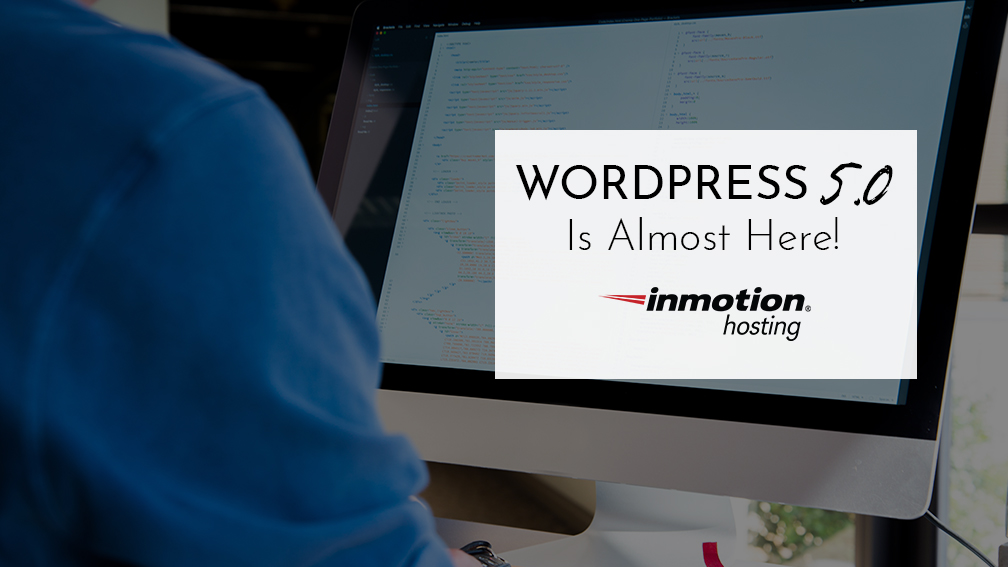
WordPress 5.0 is almost upon us! The changes are going to be exciting and that’s all thanks to the Gutenberg Editor. This new editor will revolutionize the way you build your WordPress website.
The Buildup
WordPress 4.8 showed a few significant changes that lead the way to Gutenberg. You could check for nearby WordPress events from your dashboard (to help with networking) and use images in your widgets without having to manually add them with code. It was part of an incremental process that made the transition to 4.9 and 5.0 easier. WordPress 4.9, the ‘Tipton’ update let you schedule design changes that could go live at later dates (just like posts). These small steps are paving the way to 5.0, and we can’t wait to see all that’s included with this update.
Gutenberg Editor
The editor interface is designed to be user-friendly and reliable. They have a new feature called Blocks. These Blocks are preconfigured content adds, like music, video, quote, etc. You can have up to fifteen styles, and it’s designed for creating easily customized posts/pages. WordPress encourages you to try out the editor for yourself ahead of time so you can see how it works.
Developers will notice an improvement to the WordPress Rest API, so updates and application creation using the platform as a framework will be much easier. Building custom themes will also become easier and more user-friendly, but that means some of the more fantastic page-builder tools you can use with WordPress may lose relevance. Only time will tell.
Compatibility Issues and Preparation
With the WordPress 5.0 overhaul, there may be considerable compatibility issues with current plugins. Plugin developers should have their products ready for the update, but be prepared, just in case.
To prepare for the new editor, you should try it out for yourself. As of this article, it’s in the beta stage, so there are a lot of improvements that are still in progress. Try all fifteen blocks to see how they perform. Put it through testing, and make sure to contact WordPress with any issues you come across. The more information they have about the user experience, the more they can smooth out before launch time.
When it Arrives
You should backup your website prior to the new changes. They’ve suggested a November 19, 2018 release date, but may push it back to January 22, 2019, to prevent issues during the busy holiday season. Copy your site to a staging environment (sandbox). Update WordPress on the new site and then start testing everything: plugins, load, speed, compatibility, ease of use, etc. Fully explore the editor so that you can learn more about how it works for your new site.
If you don’t like the Gutenberg editor in WordPress 5.0, you can revert to the Classic Editor, but keep in mind that your plugins may eventually surpass the classic design and become incompatible with your website.
It is no surprise that WordPress 5.0 will change the way WordPress websites are built and maintained. Don’t let the change take you by surprise. Proactively test it out to see how it works for you and your business. You may find that your workflow increases the more you use it.
Did you know that WordPress Hosting is compatible with Gutenberg? Not only does it bring speed and power to your website, but also a whole set of tools to help you better manage your WordPress website.